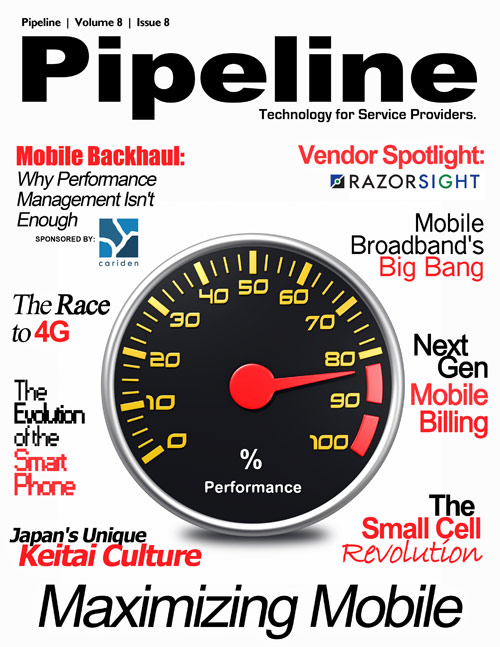By: Tim Young

Just a few days ago, it was 12:01am, January 1, 2012. You were ringing in the New Year with loved ones when your mobile phone blinked to life. Calls from close friends and family. Text messages. Facebook messages. “Happy New Year!” “Happy 2012!” “Best Wishes for the year to come!”
It’s that first loving outreach of a year full of possibilities, and it’s become a ritual of sorts for many. But think back to the handset on which you received those messages in 2006. Or 2001. Or 1995. What did those messages look like? Sound like? Did they exist at all?
For all of our grandiose musings on the possibilities of wireless communications enabling ubiquitous information, and for powering new horizons in education, healthcare, and a thousand other noble pursuits, devices remain, for most users, tools for wishing a loved one a Happy New Year.
The key challenge for carriers, it seems, is to please all users, elite and casual, with a slate of phone offerings necessarily limited by pragmatic considerations. Some carriers excel at this, selecting a stable of devices that meet the needs of customers in a way that focuses less on gimmicks and more on innovation. Other carriers struggle.
As we begin this new year, we thought we’d take a little time to explore the present and future of the smartphone market to see if we can get a sense of what to expect in the year to come, and beyond.

 How Smart Do Phones Need to Be?
How Smart Do Phones Need to Be?
We all know that smartphone take rates have been explosive over the past few years. Fitch Ratings released a report at the end of 2011 noting a smartphone penetration rate in the U.S. market approaching 50%, and O2 Ireland CEO Stephen Shurrock said in May that 4 out of 5 new subscribers to that Telefonica subsidiary took smartphones.
However, even with these growing numbers of devices in consumer hands, user behavior is still mighty conventional. Analysys Mason, in its most recent Connected Consumer Survey, found that only 37% of all wireless subscribers regularly use their devices’ features, other than voice, SMS, and the camera. While they anticipate that this percentage will increase significantly, all of that change will not happen overnight.
That growth is partly hampered by the fact that, take rates aside, many users simply don’t need or want iPhones, Droids, or Blackberries. “The marketplace is split into two,” said Jeff Kagan, an independent wireless industry analyst. “Ordinary handsets are not going away, but their place in the industry is shrinking over time.”
But that shrinkage may not occur this year or next. The Analysys Mason study indicates that 30% of respondents have no intention of buying a smartphone. Existing smartphone users are likely to get another smartphone the next time they upgrade (some 80% of smartphone users responded to that effect. One supposes the remaining 20% will come around once they overcome their frustration at the glass ceiling they’ve hit on their “Plants vs. Zombies” high score), even though 7% of them report having no use for the phone’s additional features.
Meanwhile, 46% of non-smartphone users see no need for a smartphone, and only 31% say their next phone will definitely, or probably, be a smartphone. (You can read the full report, authored by Martin Scott, here.)
So, while smartphones may be the wave of the future, carriers making purchasing decisions should keep in mind that their appeal is not universal. Well-built and easy-to-use handsets that only do a few things, but do them well, will remain a viable choice for certain demographics. My mother, for one. Eventually, however, even she’ll likely migrate to a more capable device. That transition just isn’t likely to occur in the next few years.








